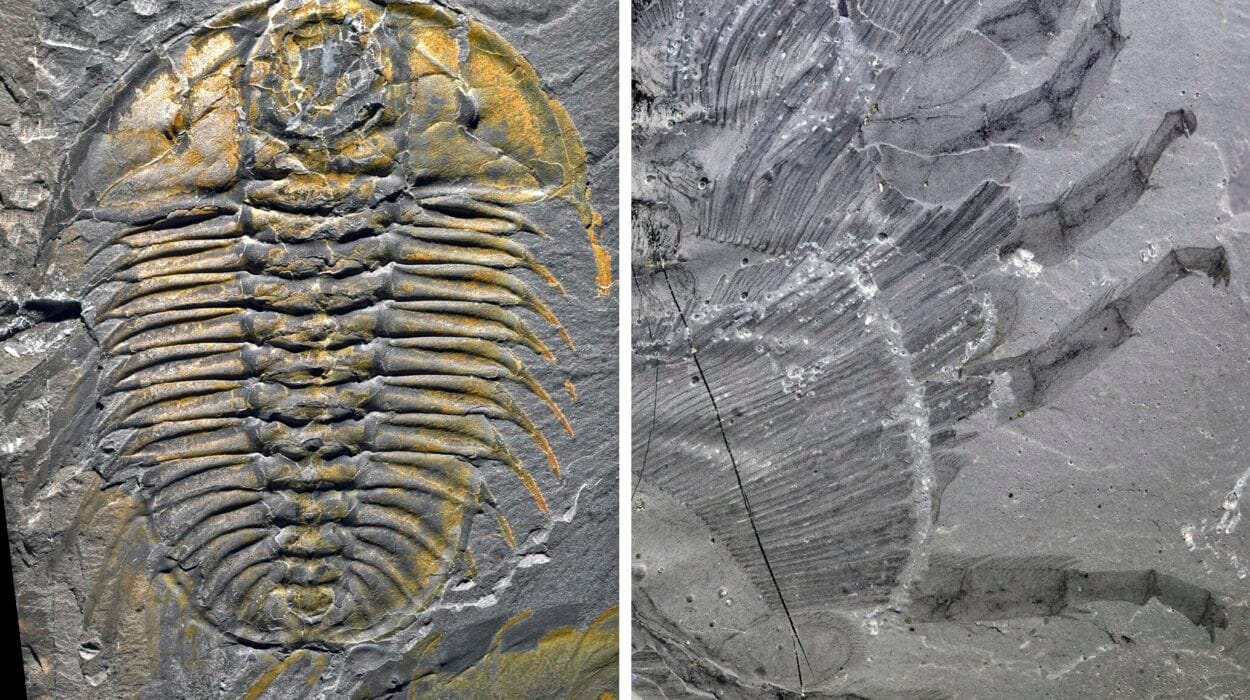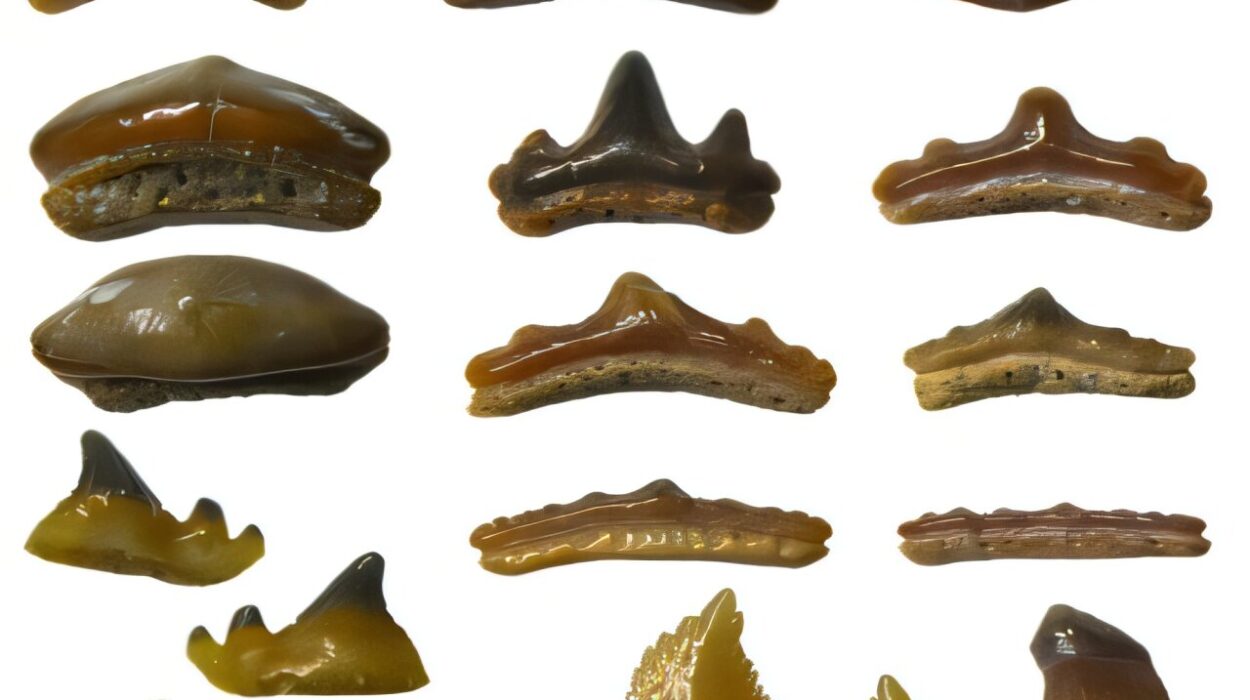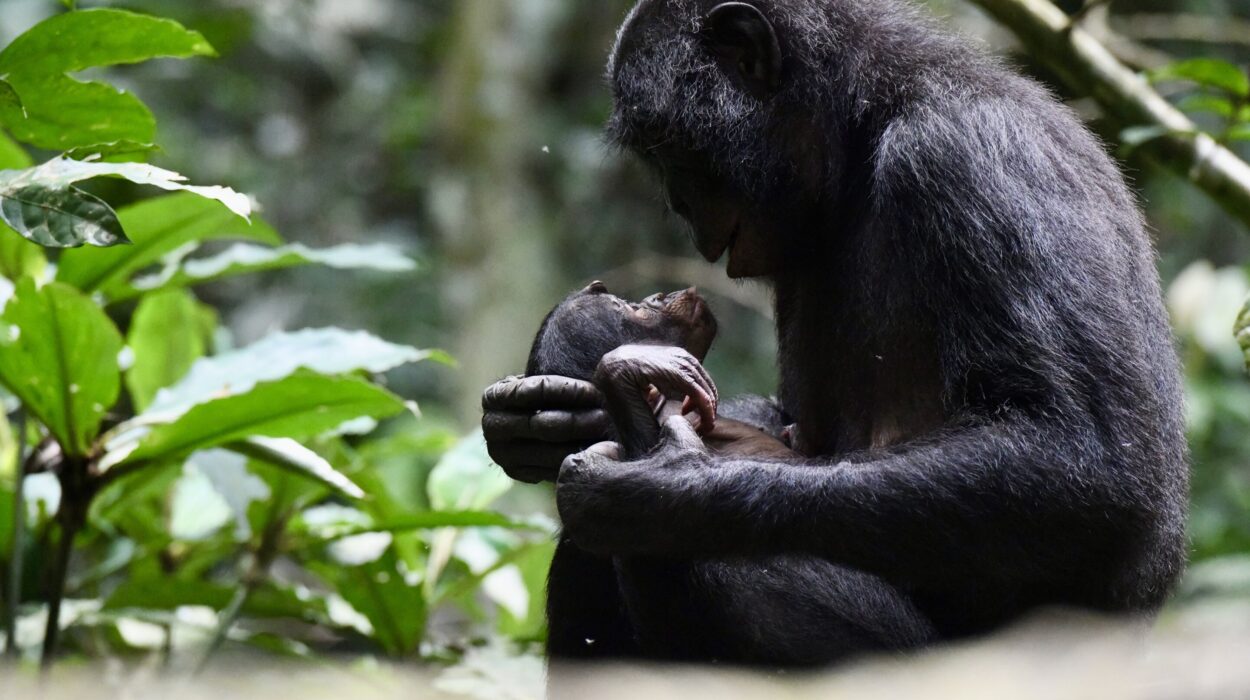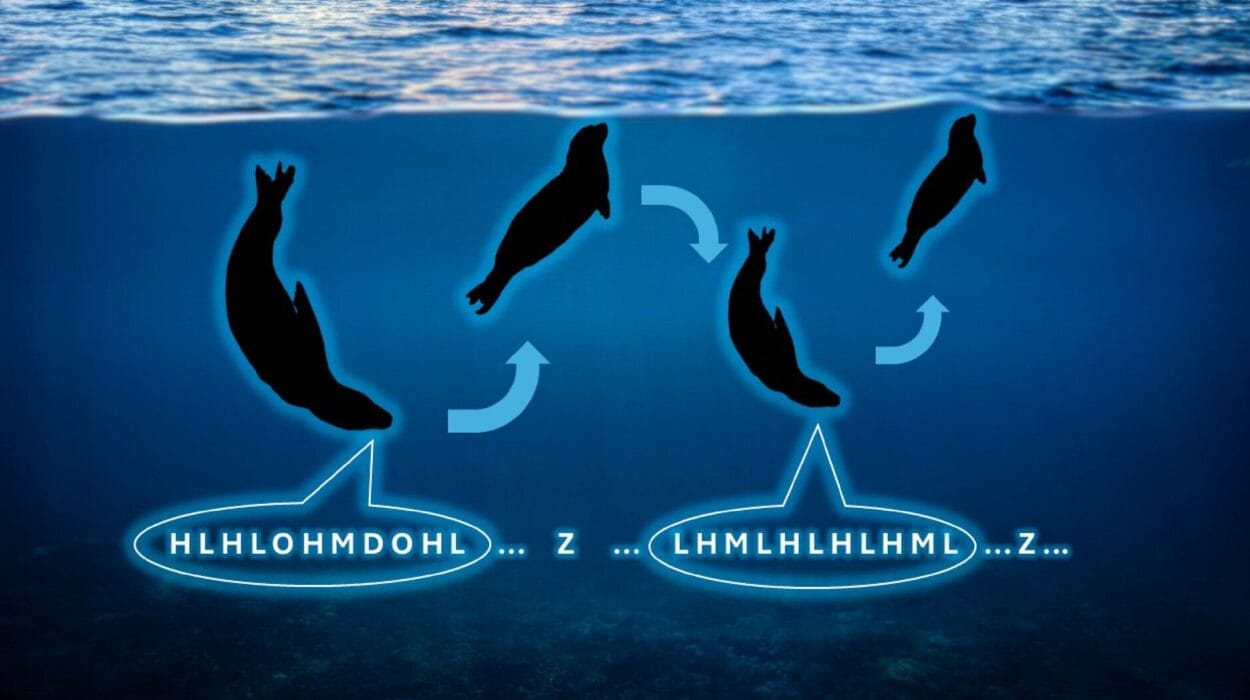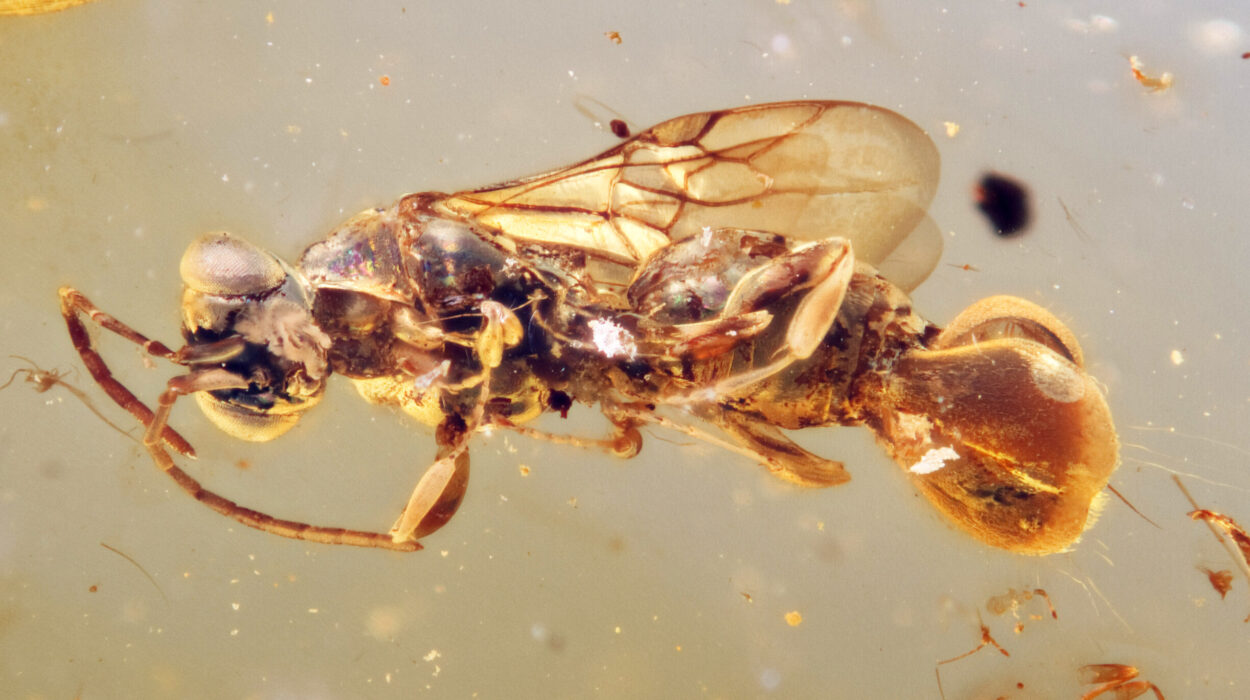Deep within your chest, behind a protective shield of bone and muscle, beats a four-chambered engine that never sleeps. It works without conscious thought, day and night, from the first flutter of life in the womb to the final breath of existence. That ceaseless rhythm is the heart—the master organ of the circulatory system. In the grand orchestra of the human body, the heart is both conductor and performer, setting the pace for life itself.
But what exactly does the heart do in the circulatory system? To say “it pumps blood” is like saying a conductor waves a stick—it’s true, but it barely captures the complexity, elegance, and absolute centrality of its role. The heart is at the core of one of biology’s most intricate and vital systems: a vast, branching network that connects every cell in the body with the oxygen, nutrients, and messages they need to survive. And that’s just the beginning.
In this deep dive, we’ll journey through the anatomy and function of the heart, explore how it orchestrates circulation, and understand why this organ, no bigger than your fist, holds the secret to life itself.
A Living Pump: Anatomy of the Heart
The human heart is a marvel of engineering—muscular, compact, and fiercely efficient. It weighs less than a pound, yet pumps nearly 2,000 gallons of blood each day. Shaped like an upside-down pear, it lies slightly left of center in the chest cavity, protected by the ribcage and cradled between the lungs.
The heart is divided into four chambers: two atria on the top and two ventricles below. The right side of the heart manages the pulmonary circulation—sending blood to the lungs—while the left side handles systemic circulation—pumping blood throughout the body.
The atria act as receiving chambers, where blood enters the heart. The ventricles, with thicker muscular walls, are the powerhouses that push blood out with force. Separating these chambers are one-way valves—ingenious flaps that ensure blood moves in a single direction, preventing any backflow. These valves are the tricuspid, pulmonary, mitral, and aortic valves, each named for their shape and location.
The walls of the heart are made of specialized muscle tissue called myocardium, capable of contracting tirelessly. The entire organ is wrapped in a protective double-walled sac known as the pericardium, which cushions it and reduces friction during movement.
The Circulatory Circuit: A Closed-Loop System
To understand the role of the heart, you must first grasp the circulatory system itself. This vast transportation network consists of arteries, veins, and capillaries, stretching an astonishing 60,000 miles in an adult human. It’s a closed-loop system, meaning blood flows in a continuous circuit.
The heart sits at the center of this loop, controlling the flow in two primary circuits:
- Pulmonary Circulation: The right side of the heart receives deoxygenated blood from the body and sends it to the lungs. Here, blood picks up oxygen and releases carbon dioxide—a vital gas exchange that keeps the body alive.
- Systemic Circulation: The left side of the heart receives oxygen-rich blood from the lungs and pumps it to every organ, tissue, and cell in the body.
In this dual-loop system, the heart functions not just as a mechanical pump but as a dynamic, responsive regulator of life. It adapts moment-to-moment, increasing output during exercise, decreasing it at rest, and fine-tuning the flow based on the body’s needs.
How the Heart Beats: The Electrical Symphony
The heartbeat is not a mechanical accident—it’s a precisely timed electrical event. Within the heart lies a natural pacemaker called the sinoatrial (SA) node, located in the right atrium. This tiny cluster of cells generates electrical impulses that initiate each heartbeat.
These impulses travel like a wave through the atria, causing them to contract and push blood into the ventricles. The signal then pauses briefly at the atrioventricular (AV) node, allowing the ventricles time to fill. From there, the impulse travels through specialized fibers—the bundle of His and Purkinje fibers—to the walls of the ventricles, triggering their contraction.
This entire sequence—known as the cardiac cycle—happens in less than a second, repeating about 70 times per minute in an average adult. The coordinated dance of electrical signals and muscular contractions ensures blood flows smoothly and efficiently through the body.
Feeding the Body: Oxygen and Nutrient Delivery
Every cell in your body needs oxygen and nutrients to function. The heart ensures that these essentials are delivered precisely where and when they’re needed.
As oxygen-rich blood leaves the left ventricle through the aorta, the body’s largest artery, it branches into smaller arteries, arterioles, and finally capillaries. These tiny blood vessels form dense networks in every tissue, allowing the exchange of oxygen, glucose, amino acids, and hormones into cells. At the same time, waste products like carbon dioxide and urea are picked up for removal.
Once the exchange is complete, deoxygenated blood returns to the heart through veins. The superior and inferior vena cava channels this blood into the right atrium, completing the circuit.
This continuous cycle ensures the body’s cells are constantly nourished and cleansed. The heart is the engine that drives this circulation, adapting instantaneously to demand—speeding up when you run, slowing down when you sleep.
Removing Waste: The Heart’s Role in Detoxification
While the liver and kidneys are the body’s main detoxifiers, the heart plays a vital role in waste removal by moving blood to and from these organs.
Carbon dioxide, a byproduct of cellular respiration, is carried by the blood to the lungs via the right side of the heart. There, it’s exhaled out of the body. Meanwhile, metabolic waste products like urea and excess salts are transported by the bloodstream to the kidneys for filtration.
Without the heart, these toxins would accumulate, poisoning the body. By maintaining constant circulation, the heart ensures the swift removal of harmful substances, keeping the internal environment clean and balanced.
The Heart as a Hormonal Organ
Beyond its role as a pump, the heart also functions as an endocrine organ. It secretes a hormone called atrial natriuretic peptide (ANP), which helps regulate blood pressure and fluid balance. When blood volume is too high, the atria stretch and release ANP into the bloodstream. This hormone prompts the kidneys to excrete sodium and water, lowering blood volume and pressure.
This hormonal role underscores the heart’s complexity. It’s not just a muscular engine—it’s an intelligent organ, sensing changes in the body and responding chemically to maintain equilibrium.
Adapting to the Moment: Heart Rate and Output
The heart is a dynamic organ, constantly adjusting its performance based on the body’s needs. This adaptability is known as cardiac output—the volume of blood the heart pumps per minute. It depends on two factors: heart rate (beats per minute) and stroke volume (amount of blood pumped per beat).
At rest, your heart might pump 5 liters per minute. During intense exercise, that number can soar to 20 liters or more. This flexibility allows the body to meet the varying demands of activity, stress, sleep, and healing.
The nervous system plays a crucial role in regulating heart rate. The sympathetic nervous system increases heart rate during stress or danger—the classic “fight or flight” response. Meanwhile, the parasympathetic nervous system slows the heart during relaxation and sleep.
The Heart’s Blood Supply: The Coronary Circulation
Ironically, the heart cannot use the blood it pumps to nourish itself. It requires its own network of vessels known as the coronary circulation. These arteries branch off the base of the aorta and encircle the heart, delivering oxygen-rich blood to the myocardium.
Blockage in these arteries—caused by cholesterol buildup or clots—can starve the heart muscle of oxygen, leading to angina or a heart attack (myocardial infarction). That’s why coronary health is central to overall well-being.
Heart and Emotion: More Than a Metaphor
Science has confirmed what poets have always suspected: the heart and emotions are linked. While the brain generates feelings, the heart responds to them in real time. Stress, anxiety, joy, and love all influence heart rate and rhythm. Emotional upheavals can trigger arrhythmias, increase blood pressure, or, in extreme cases, cause a condition called stress cardiomyopathy—also known as “broken heart syndrome.”
The heart has its own intrinsic nervous system, sometimes called the “heart brain,” which can sense, learn, and remember. This doesn’t mean the heart thinks like the brain—but it does communicate with it, influencing mood, decision-making, and physiological states.
A Lifetime of Labor: The Resilience of the Heart
Your heart starts beating just three weeks after conception and doesn’t stop until your last moment of life. By the time you’re 80, it will have beaten more than 3 billion times. It endures without rest, fueled by a constant supply of oxygen and glucose, supported by nerves, hormones, and muscles working in harmony.
Yet this resilience is not infinite. The heart can be injured, weakened, or overburdened. High blood pressure, poor diet, sedentary lifestyle, smoking, and chronic stress can all take their toll. But the heart is also remarkably regenerative. With proper care—exercise, nutrition, and medical support—it can recover from damage, form new blood vessels, and regain function.
The Future of Cardiac Science
The heart has always been central to medical innovation. Today, advances in imaging, genetics, and tissue engineering are transforming cardiology. Scientists are developing bioengineered heart tissue, stem-cell therapies, and artificial hearts. Wearable devices can now monitor heart rhythms in real-time, alerting users to abnormalities before they become critical.
Artificial intelligence is helping doctors predict cardiac events with unprecedented accuracy. And new drugs are targeting the molecular underpinnings of heart disease, offering hope for conditions once deemed untreatable.
Even more exciting is the quest for heart regeneration—the ability to coax heart muscle cells to repair themselves after injury. If successful, this could revolutionize treatment for heart failure, the leading cause of hospitalization worldwide.
Conclusion: The Heart at the Center of It All
The heart is not merely a pump. It is the orchestrator of life’s symphony, delivering oxygen, removing waste, regulating pressure, responding to emotion, and adapting to every challenge the body faces. It connects all systems—muscular, respiratory, endocrine, and neurological—into a single, synchronized whole.
Its rhythm is the background music of life. Its function is a dance of power and precision. It beats for you, with you, and because of you—every second of every day.
Understanding the role of the heart in the circulatory system is not just a lesson in biology—it’s a reminder of the miracle happening inside your chest, every moment. And if we honor that miracle—through care, attention, and gratitude—we can live longer, fuller, and healthier lives.

